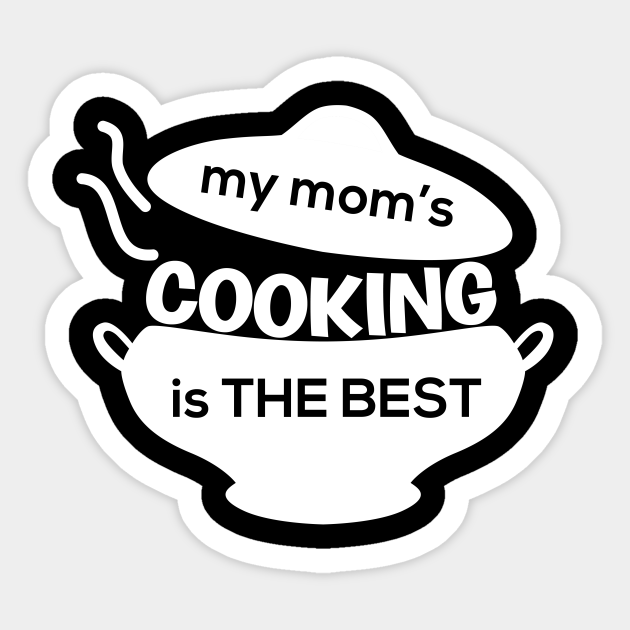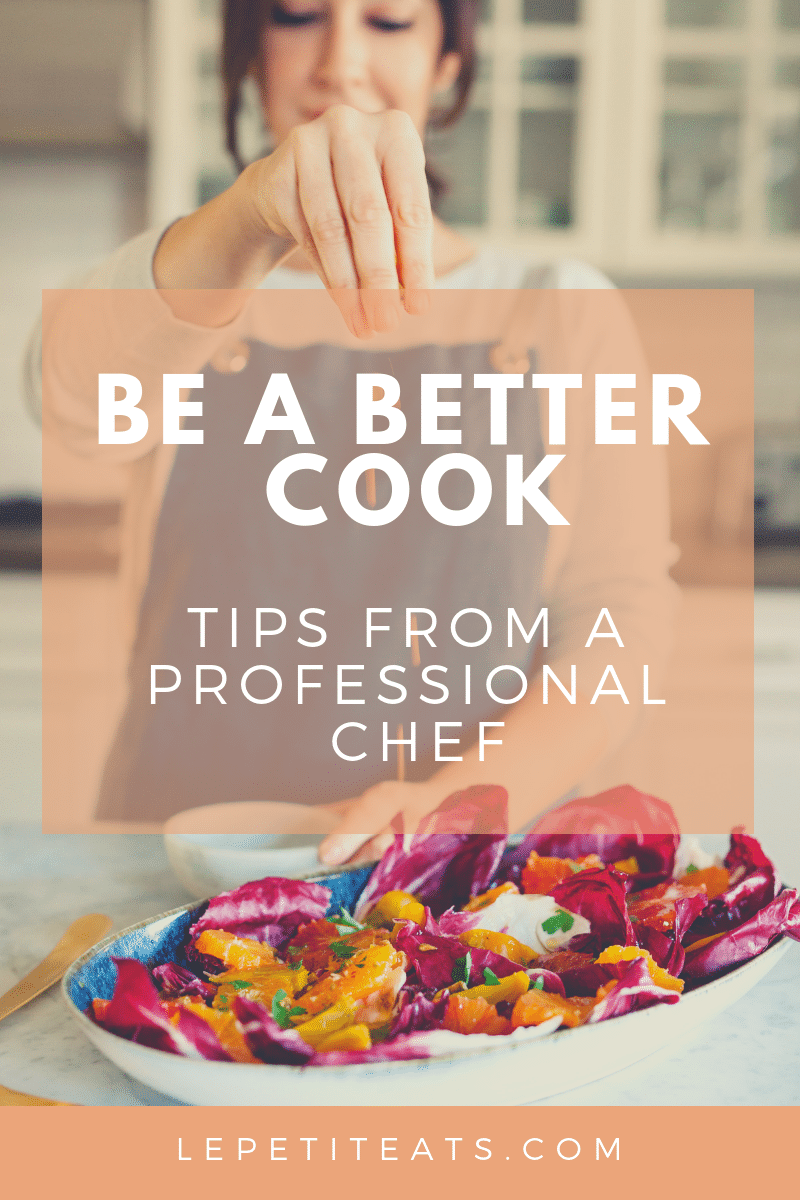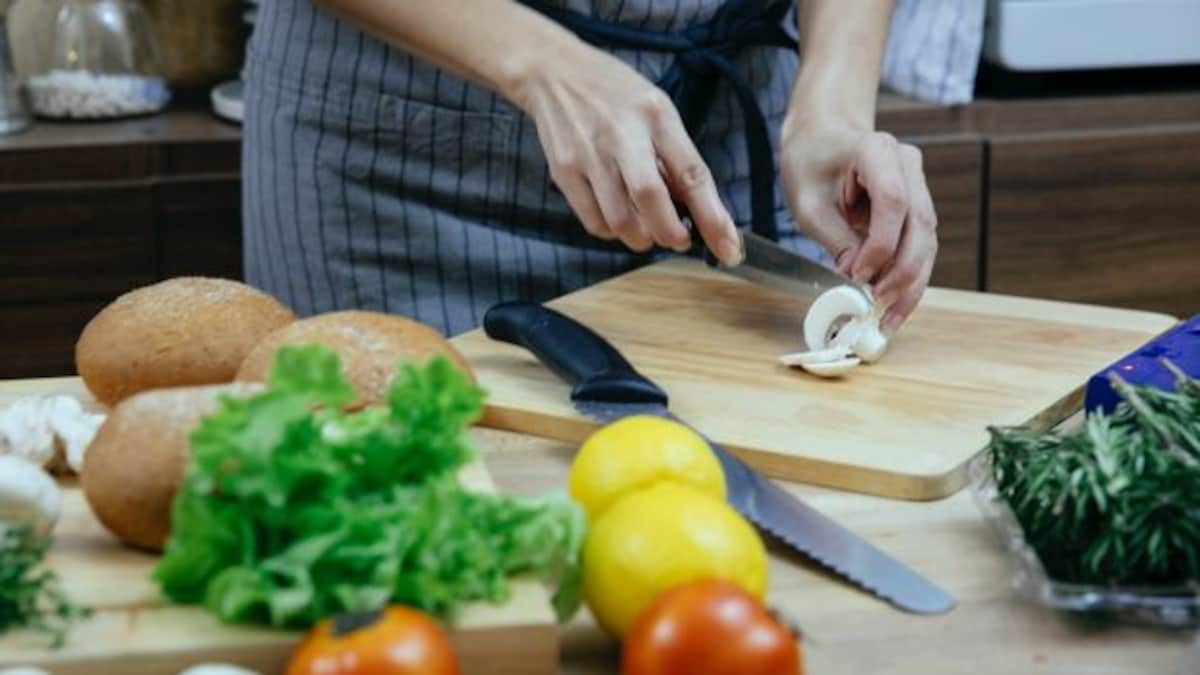
If you are passionate about cooking, then you have probably tried to learn advanced cooking techniques. French and Chinese techniques are two of the most well-known. But how about Japanese and Chinese methods? You'll also want to learn the best steaming and poaching techniques. Learn more about how these techniques work and why they are important. These techniques can be applied in everyday cooking. These techniques can be used in your daily cooking.
French cooking techniques
The foundation of French cooking lies in traditional methods. French chefs have long been known to place everything in its proper place and cook everything slowly at low temperatures. Confit, which involves slow cooking different foods in fat and low heat, is also known. They also often use alcohol to make sauces. Flambeing is a common ingredient in desserts. But, you can pour the alcohol over the food while it is still heating to add flavor.
Chinese cooking techniques
You can make Chinese food more delicious by using complex techniques. Stir-frying is one of these techniques. It involves using a wok to heat oil and then cooking the ingredients in it. Stir-frying involves quickly stirring the food until it achieves the desired texture. This method works best for small ingredients like vegetables and noodles. In addition to stir-frying, Chinese cuisine uses many other cooking methods to achieve different results.

French technique for steaming
Steaming is a cooking method that creates a steady flow of hot air around food, retaining all of its nutrients without adding any additional fat. Steam is gentler than boiling water and is great for delicate foods. This method cooks food quickly and without affecting nutrients or natural colors. This method is a delight for fruits and vegetables, as the French are long-standing masters.
Japanese technique of poaching
The Japanese have perfected poaching, a technique that slow cooks fish. This involves vacuum-sealing the food in a bag and slowly heating it at low temperature. This produces uniform texture, removes aromas and preserves liquids. Here's how to poach salmon Japanese-style.
Vietnamese technique of boiling
The traditional Vietnamese technique of boiling is a simple but highly effective way to cook rice. The steaming of food is done in bamboo or metal trays. This method preserves nutrients and does not use oil. It can be used to cook seafood and sticky rice. It is particularly useful for the poorest people in developing countries, who depend on unimproved water supplies. There are however some precautions you should take.

FAQ
How long does cooking take? How long will it take me to learn how?
It depends on what kind of skill level you are trying to achieve. Some people can master basic cooking techniques in a matter days. Others might take months or years before they feel confident enough to teach themselves how to cook.
The time it takes to learn how to cook will vary depending on who you are. Someone who has never been to the kitchen before might need more time than someone who does it regularly. Some types of cooking are more difficult than others. Baking is more difficult than frying.
A specific technique will help you cook faster. Once you've mastered that technique, move on to another one. It doesn't matter how long it takes to master a particular technique. You can just keep at it and enjoy the process.
How Can I Get Hired As a Cook?
It is possible to get a job in the kitchen by word of mouth. Friends and family might know of a restaurant in need of additional staff. Restaurants often post openings on websites and bulletin boards.
Can you become a self-taught chef?
Yes, you can self-teach cooking! No matter how much you know, cooking is something that everyone enjoys. You can learn to cook by starting at home. Start small with simple things like spaghetti sauce or pancakes for breakfast. The best way to learn how to cook is to try new recipes and experiment. It's possible that you will make mistakes.
Learning to cook takes anywhere from a couple of hours to several weeks, depending on what type of skill level you are looking for. Remember that cooking is not about following recipes. There are many methods to prepare food.
How can you get motivated to cook well?
When you cook with your family and friends, cooking is enjoyable. Cooking for yourself is much more enjoyable than cooking for others. Try making something new if your goal is to become more motivated to cook. This will allow you to discover new recipes and techniques. To expand your culinary skills, you can also make use of recipes from other cultures.
Statistics
- You'll be amazed that over 90% of CIA students receive scholarships and grants to finish their culinary studies. (ischoolconnect.com)
- On average, chefs earn $58,740 a year, according to the BLS. - learnhowtobecome.org
- The median pay for a chef or head cook is $53,380 per year or $25.66/hour, according to the U.S. Bureau of Labor Statistics (BLS). (learnhowtobecome.org)
External Links
How To
How to make the perfect omelet
Omelets are my favorite breakfast dish. But how do they turn out so perfectly? I've tried many different methods and recipes, but none of them seem to work! So I am sharing some tips and tricks today to help you make fluffy, delicious omelets every morning.
We should first know that eggs are very temperamental ingredients when making omelets. You must get them fresh, organically, and keep them cold until you cook. If they are not kept cold enough, the whites won’t form properly. The yolks will also break down too quickly and become runny. Your omelets will look strangely colored if this happens. If you're going to cook them immediately, it is best if the eggs are still warm.
You might also try separating the egg before adding to the pan. It is important not to allow any white to mix with the yolk as this could lead to the omelet becoming curdled.
If you add the egg directly onto the stovetop, you might end up burning the bottom part of the egg, which would ruin the texture of your omelet. Instead, heat the egg in a microwave for 10 seconds and then place it in a pan. The microwave heat will cook the egg just right without making it too hot.
Next, let’s talk about mixing the egg. Mix eggs well together. You need to turn the bowl of the mixer upside down. Now shake the bowl vigorously. This allows the air to be whipped and the egg to be mixed thoroughly.
The fun part begins - you need to pour the milk into your mixture. Mix half of the milk with the eggs. Then fold the eggs in half into the remaining milk. You don't need to worry if streaks remain. They will disappear once you flip your omelet.
After you have done folding the eggs, heat the pan on medium heat. The oil will start to smoke. Once the oil begins to heat, add 1/4 cup butter and swirl the pan to coat it. Carefully open the pan's lid and add salt to the pan. The salt will help to prevent the omelet's sticking to the pan.
Cover the pan once you have formed the omelet. Wait for the top to set. Use a spatula to flip the omelet or turn the pan upside-down. Cook the other half for another minute. Remove the omelet from the pan and serve immediately.
This recipe works best with whole milk, but skimmed milk also works.